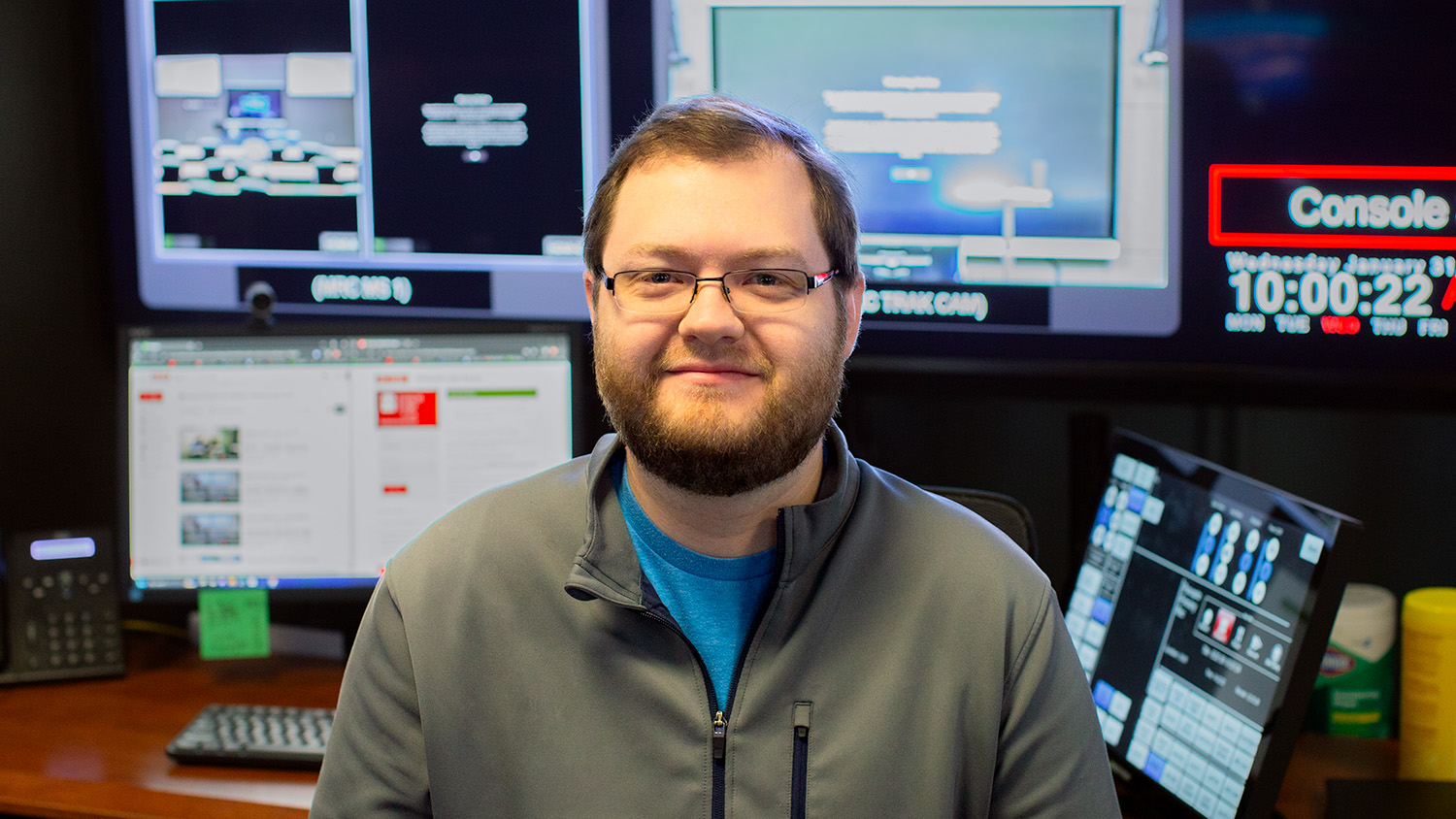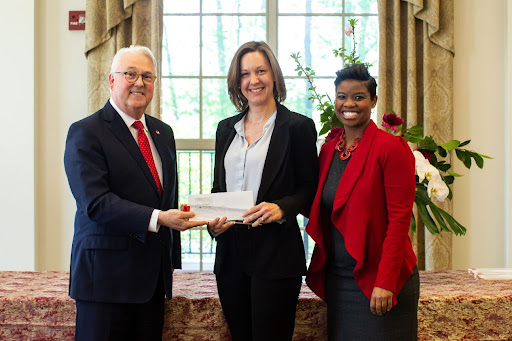Lee Crockett on Education in the Age of Disruptive Innovation
At the 27th Annual Conference on Distance Teaching and Learning, held August 3-5, 2011 in Madison, WI, Lee Crockett was one of the keynote speakers. Crockett is the Managing Partner in the 21st Century Fluency Project. His talk was titled Living on the Edge: The Age of Disruptive Innovation.
Crockett is an energetic and engaging speaker who used many images to tell his story. Part of the audience included those who were products of the 20th Century classroom. As the speaker explained, many had an educentric view point since they had been taught using an industrial age methodology. He reiterated that many audience members had sat in traditional classrooms with the instructor teaching at the front of the room and the student assuming the role of the listener. Many had been required to memorize facts which could now, in the digital age, be retrieved in a 0.33 second Google search, instead of requiring memorization.
However, the skills required for the 21st Century, he purported, are different than those of the 20th Century. Such skills are digital citizenry and the fluencies: solution fluency, information fluency, collaboration fluency, creativity fluency and media fluency. He discussed the need to transform education and that change will be uncomfortable. He encouraged the audience to consider the technological changes that have occurred in the communication industry (hand-crank phones to smart phones) as well as in banking (teller services to those now provided by an ATM).
So what is a disruptive innovation? Let’s start by talking about how it “used to be” and then “how it is now.” Do you remember when…
- the gas station owner or his employee used to pump your gas and clean the windshield.
- you had to get to the bank before it closed and actually go inside to see the teller.
- the only way to pay for your groceries was to go through the grocery clerk’s line.
Some of those jobs are gone as a result of disruptive technologies. Now we pay at the pump and pump our own gas, a job is replaced by an ATM-type technology. However, we no longer receive the same service. Similarly, we can go through the grocery line and interact only with a machine as we pay for our groceries. The innovations that led to many of these changes in effect changed and disrupted a human being’s life and their livelihood.
Clearly, there will be more innovations that will be disruptive. So the question is, in such an environment in which we now live, how do educators prepare students for the 21st Century? How do educators transform education from being an information delivery system to one in which the learner is engaged, active and walks away with skills required to survive in the new, ever-changing world.
Rumblings were heard throughout the conference as to the popularity of this talk. Will students always be able to “google” the answer? Some may ask how students can be problem solvers without knowing the basics. For example, don’t students need to know their multiplication tables, how to make change and/or write a letter that is free from spelling and grammatical errors? Perhaps, for some this talk was part of the disruptive innovation to which Crockett refers.
For more information, watch the videostream of this keynote… and see if you can find the invisible gorilla.
- Categories:


